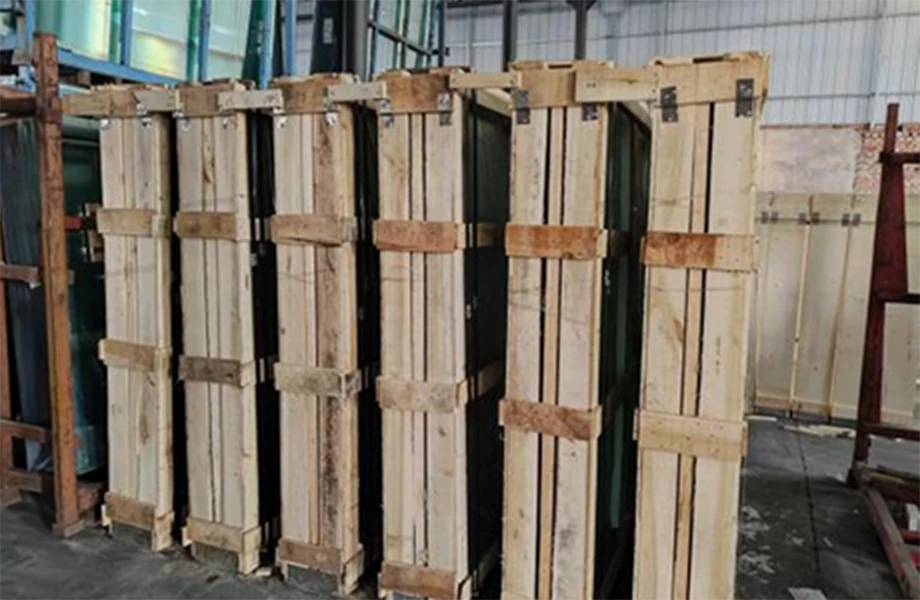Dec . 07, 2024 04:33 Back to list
glass floor panels
Exploring Glass Floor Panels A Modern Architectural Marvel
In recent years, the architectural landscape has undergone a significant transformation, embracing innovative materials and design concepts that challenge traditional aesthetics. One such advancement is the use of glass floor panels, an architectural feature that not only enhances the visual appeal of buildings but also offers practical benefits. This article delves into the world of glass floor panels, examining their design, applications, advantages, and considerations.
What Are Glass Floor Panels?
Glass floor panels are structural elements made primarily from reinforced glass that can bear the weight of foot traffic while providing a transparent view of the space below. These panels are often used in high-rise buildings, museums, shopping centers, and residential properties to create dramatic visual effects and open up previously closed-off spaces.
Design and Aesthetics
The aesthetic appeal of glass floor panels cannot be overstated. They provide a unique way to merge indoor and outdoor environments, allowing natural light to filter through different levels of a building. This creates an illusion of openness, making spaces feel larger and more inviting. Architects frequently employ glass floor panels to highlight key design features, such as lighting, landscaping, or artistic installations.
For instance, in a museum, a glass floor panel might allow visitors to see an archaeological site or artwork positioned underneath. This not only enhances the overall visitor experience but also serves as an educational tool. The transparency of glass floor panels adds an element of curiosity and intrigue, prompting visitors to engage more actively with their surroundings.
Applications of Glass Floor Panels
Glass floor panels have a wide array of applications in both commercial and residential settings. In commercial structures, they are often found in lobbies, art galleries, and retail spaces, creating focal points that attract attention and draw people in. They can also be used in staircases, walkways, and observation decks, offering stunning views from elevated positions.
In residential environments, glass floor panels can be utilized to create unique living spaces. They can be incorporated into kitchens, living rooms, or even bathrooms, allowing homeowners to personalize their spaces while ensuring ample natural light. Additionally, glass panels can replace traditional flooring materials, providing a modern twist to interior design.
Advantages of Glass Floor Panels
glass floor panels

1. Visual Appeal The primary advantage of glass floor panels is their ability to enhance the aesthetic quality of any space. They create a sense of modernity and sophistication that appeals to both homeowners and designers.
2. Natural Light Glass panels facilitate the flow of natural light throughout a building, reducing the need for artificial lighting during the day. This can lead to energy efficiency and lower electricity bills.
3. Space Perception By using glass flooring, architects can create the illusion of more space. This is particularly beneficial in smaller areas, where traditional flooring can feel confining.
4. Durability When properly engineered and installed, glass floor panels can be incredibly durable. Modern glass technologies ensure that these panels can withstand significant weight and impact, making them a safe option for various applications.
5. Unique Design Opportunities Glass floor panels can be customized in terms of shape, size, and even color or opacity, offering endless possibilities for creative design solutions.
Considerations and Challenges
While glass floor panels offer numerous benefits, there are also several considerations to keep in mind. Safety is paramount; the glass must be appropriately tempered or laminated to ensure it can withstand weight without breaking. Furthermore, maintenance can be a concern; glass flooring can show dirt, fingerprints, and scratches more easily than traditional flooring.
Additionally, the thermal properties of glass mean it can become cold to the touch in colder climates, which may not be suitable for all settings. Proper installation and insulation techniques are essential to address these issues.
Conclusion
Glass floor panels represent a bold and innovative trend in modern architecture. With their ability to enhance aesthetic appeal, improve space perception, and allow natural light into interiors, they are an attractive option for both commercial and residential applications. However, as with any design element, it is crucial to consider safety, maintenance, and climate factors when incorporating glass floors into a building. As architects continue to push the boundaries of design, glass floor panels will likely remain a prominent feature in the ever-evolving world of architecture.
-
Safety and Style with Premium Laminated Glass Solutions
NewsJun.24,2025
-
Reinvents Security with Premium Wired Glass
NewsJun.24,2025
-
Premium Float Glass Line for Modern Architecture
NewsJun.24,2025
-
Low Emissivity Glass for Energy-Efficient Architecture
NewsJun.24,2025
-
High-Performance Insulated Glass Solutions for Modern Architecture
NewsJun.24,2025
-
Elevates Interior Style with Premium Silver Mirror
NewsJun.24,2025
Related PRODUCTS














